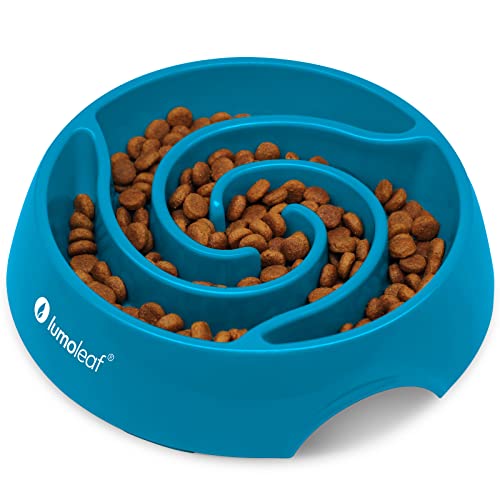Is your dog overweight? Does your dog need to make a New Year’s resolution to lose weight?
As you likely know, that resolution is tops among humans. However, like humans, dogs can become overweight.
And there’s no time like the New Year to try to get your dog’s weight into a healthy range.
Is my dog overweight?
According to the Association for Pet Obesity Prevention, an estimated 54 percent of dogs are overweight or obese. Even cats aren’t immune to gaining weight. Some 59 percent of them also need to lose a few.
Like humans, our animals are getting fatter. That’s according to Nationwide, one of the largest providers of pet health insurance in the U.S.
Nationwide has more than 700,000 insured pets. When reviewing claims data, it found the following about overweight pets:
Nationwide pet insurance members spent more than $69 million last year on obesity-related veterinary care
Pet obesity-related pet insurance claims have increased for the eighth consecutive year
The boost in obesity-related claims signifies a 24 percent increase over the last five years
The most common obesity-related medical condition for dogs is arthritis – Nationwide received more than 57,000 claims for this condition at an average cost of treatment of $323 per pet.

How to tell if a dog is overweight
There is a good rule of thumb–or fingers–for telling if a dog is overweight. And it is this:
You should be able to feel your pet’s ribs. Not sticking out, mind you. That would mean your pet is underweight.
Now, what vets mean is that when you run your fingers along their torso, you shouldn’t have to “dig” to find their ribs. They should be easy to feel under their skin.
There’s another way to eyeball if your dog or cat is overweight. Start by taking an overhead view of your pet.

You should see an almost hourglass figure or at least some sort of indentation along your pet’s middle.
Now take a look from the side. Your pet’s stomach should slope upwards towards your pet’s hind legs.
Your dog definitely should not have a belly, per se, that hangs down towards the ground. Like humans a dog with extra abdominal fat could be at risk for life-threatening diseases.
What to do if your dog is overweight
One of the best ways to help your animal lose weight is to start by discussing it with your veterinarian’s guidance. Your vet might suggest a change of food or switching up what kinds of snacks (if any) you give your pet.
For example, when my dog Sadie needed to lose about 10% of her body weight (or about 3 pounds), the vet recommended we start her on the Hill’s Science Diet low-fat dog food. Also, it’s good for dogs with sensitive stomachs, which Sadie has.
We got this Science Diet food from Chewy.com. They stock both the dry food (which the dogs have continued to eat after she reached goal) and wet, canned food.
You’ll definitely want to sign up for Chewy Autoship like we did. It was convenient, and we saved 5% with each shipment.
Here is a review of Chewy Autoship.
Finally, you may want to invest in a slow feeder bowl, such as these ones I found on Amazon.
Slow feeder dog bowls
Increase exercise
Chances are your vet will also recommend upping their activity. A dog should be getting a minimum of 30 minutes of activity each day.
I walk my dogs two to three times a day. The morning walk is the longest–usually close to an hour.
Then, the other two walks are about 20 minutes. So she’s definitely getting enough time on walks.
Play time counts as exercise
Also, a dog should spend five minutes chasing and jumping and playing at least three times a day. With Sadie we made it a priority to have her chase her favorite ball or toy after dinner each night.
In addition, we would try to send the toy down from the second floor. This would force her to have to run the stairs.
After about six or seven times back and forth, she was tuckered out for the night like she is in this photo.

Eventually she got back into the shape that vets like to see dogs at a healthy weight. Even better, previously she’d been showing signs of arthritis. That’s not surprising since she’s on the cusp of being a senior dog.
However, with just a few pounds off her frame, her arthritis symptoms went away. Before, she would be limping at the end of the day. Now, she can play and run and jump, and walk just fine from morning to night.




